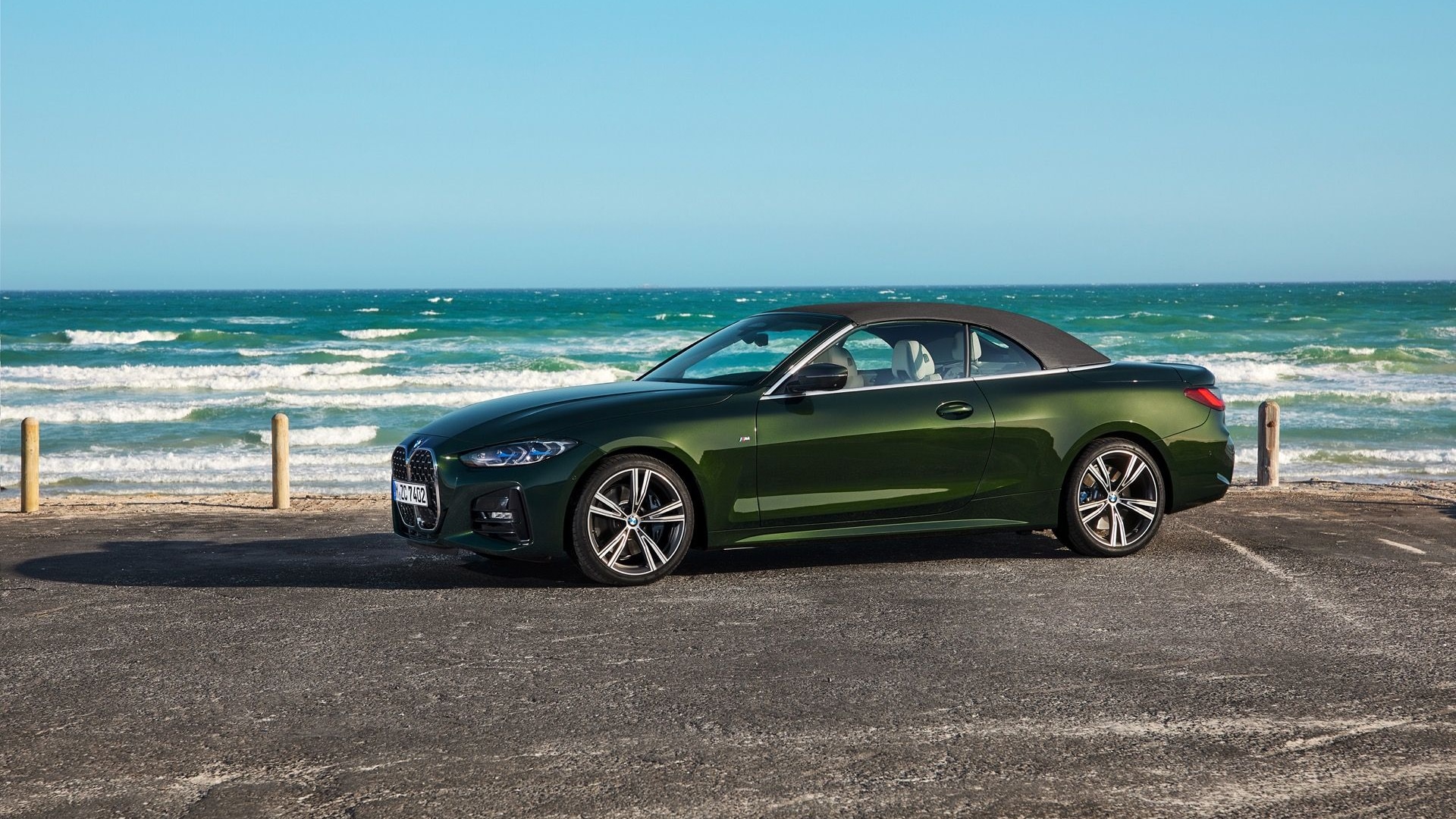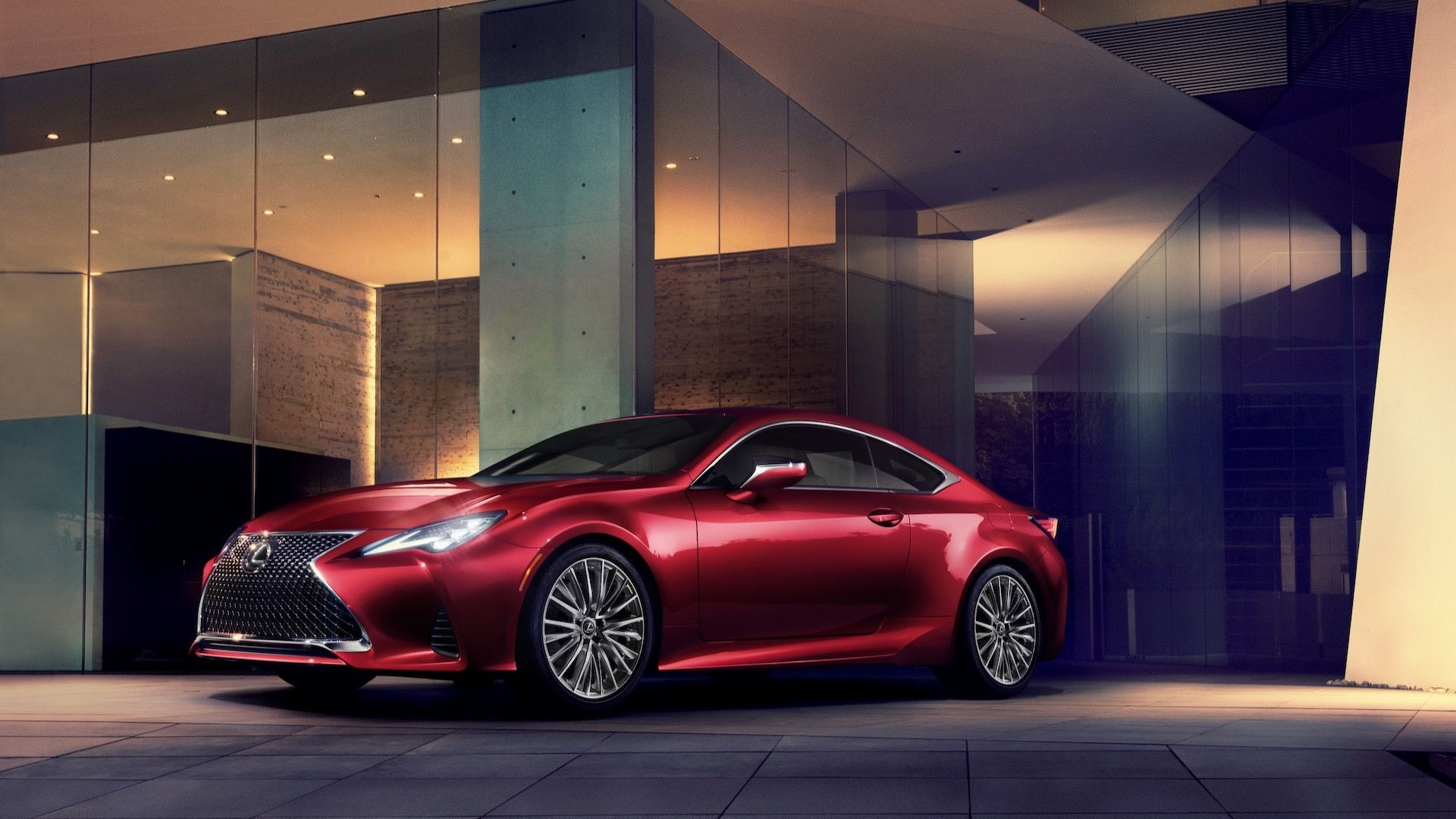BMW in 2015 launched a version of its M4 equipped with a water-injection system.
The technology, available in the aftermarket for years, is able to boost output while also improving efficiency, the downside being the added weight and inconvenience of a water tank that owners will have to top up every few fuel stops. The engine still works without the water, though in a reduced power and efficiency mode.
Bosch is the maker of the system and in an interview with Autocar one of the automotive supplier’s senior executives said the system is being made available to other automakers. The executive said the system suits everything from compacts to supercars and will start appearing in more cars from 2019.

Bosch water-injection system
BMW has already presented a 1-Series Hatchback prototype with a more advanced version of the system. In the prototype, the water supply is kept topped up by the continuous recovery of condensed water from the air conditioning system.
The system works by creating a fine mist that’s sprayed into the charged air from a supercharger or turbocharger about to enter the engine. Even with an intercooler, this air is quite hot before it enters the engine. Adding the water cools it down and makes for more efficient combustion as well as a reduction in detonation (knock). And since the water is in a vaporized state after injection, there’s no risk of rust occurring inside the engine.
Don’t expect to see all internal combustion cars adopting the system, though. Mercedes-Benz’s outgoing R&D boss Thomas Weber in 2015 said the Three-Pointed Star had ruled it out, explaining that the cost and complexity of the system was not worth the result.



